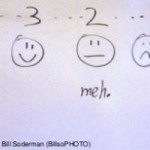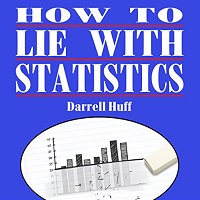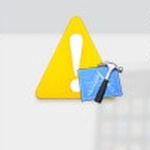When I was invited, as a Rosenfeld Media aspiring author, to talk about surveys for the UIE All You Can Learn series of seminars, I had to think hard about how to condense a full-day training workshop into something that would work forContinue reading… Design tips for surveys 2012 – a seminar for UIE
Author: Caroline Jarrett
Design tips for complex forms, Malta 2012
Usability in Malta It was a privilege to be invited to present at Malta’s first usability conference. On one of the coldest, wettest nights that Malta had ever known, an impressively large number of keen people made their way toContinue reading… Design tips for complex forms, Malta 2012
How to get yourself started in statistics
How do you feel about statistics? For a long time, I was a stats refusenik. When I was doing my first degree back in the 1970s, I took a class in mathematical statistics but it never made any sense toContinue reading… How to get yourself started in statistics
Surveys in practice and theory, J Boye 2011
At the 2011 J.Boye conference in Aarhus Denmark, I had the opportunity to run a workshop on surveys. We focused mainly on the practicalities of better surveys: how to write better questions and how to run a good survey process from startContinue reading… Surveys in practice and theory, J Boye 2011
Book Review: Questions and answers in attitude surveys
Which is better: an open question or a closed one? Should you include a “don’t know” option in your closed questions? Is there a “right” order for asking questions? If topics like these concern you, then you’ll want to readContinue reading… Book Review: Questions and answers in attitude surveys
Putting the ‘Long’ into Longitudinal: UX lessons from survey research
Most of us in user experience are used to thinking short-term—in weeks or months. But, increasingly, organisations are planning to build long-term relationships with their customers. The European Survey Research Association Conference was a chance for me to hear from thoseContinue reading… Putting the ‘Long’ into Longitudinal: UX lessons from survey research
Using EEG in a usability test of a survey
We all know that people will give up on surveys if they are too long or too boring. But exactly how long is too long? Exactly how boring is too boring? One of my most fascinating clients is Kantar, theContinue reading… Using EEG in a usability test of a survey
Book Review: How to Lie with Statistics – not recommended
Update in 2025: I no longer recommend this book. See Why I no longer recommend how to lie with statistics Surveys are all about getting numeric data, and then reporting on it. What points do you want to make withContinue reading… Book Review: How to Lie with Statistics – not recommended
SUS: a good enough usability questionnaire
One challenge of survey design is whether to use an existing questionnaire, or roll-your-own, or do some sort of hybrid. One of the best-known usability questionnaires is SUS. Is it good enough? I’m going to start by mentioning the advantages andContinue reading… SUS: a good enough usability questionnaire










